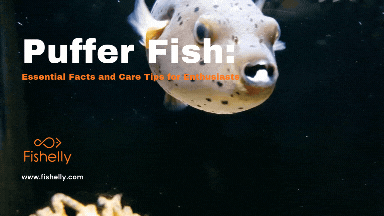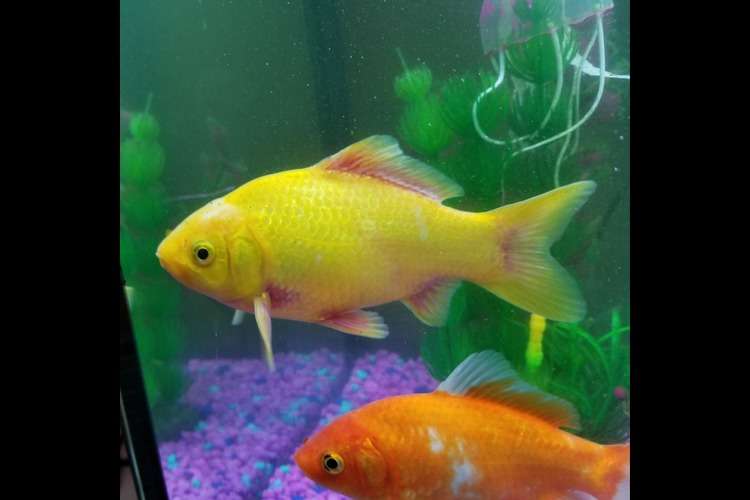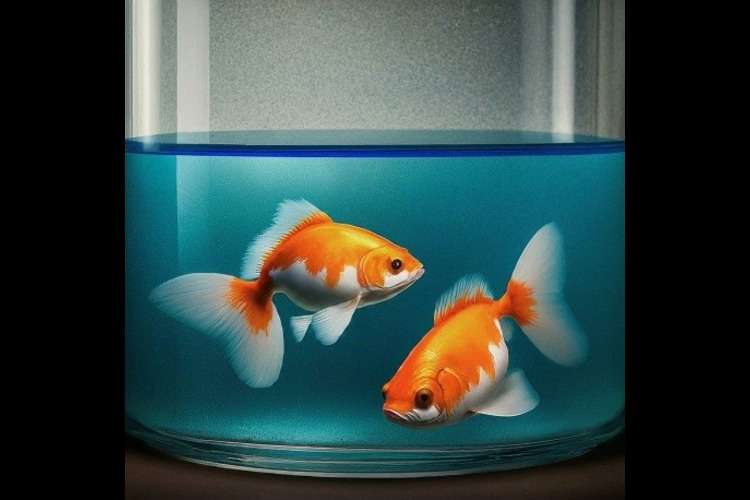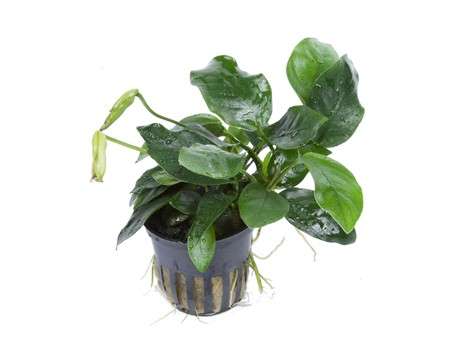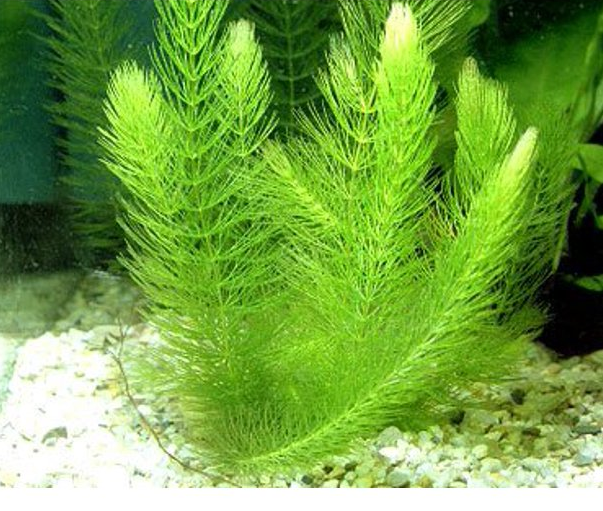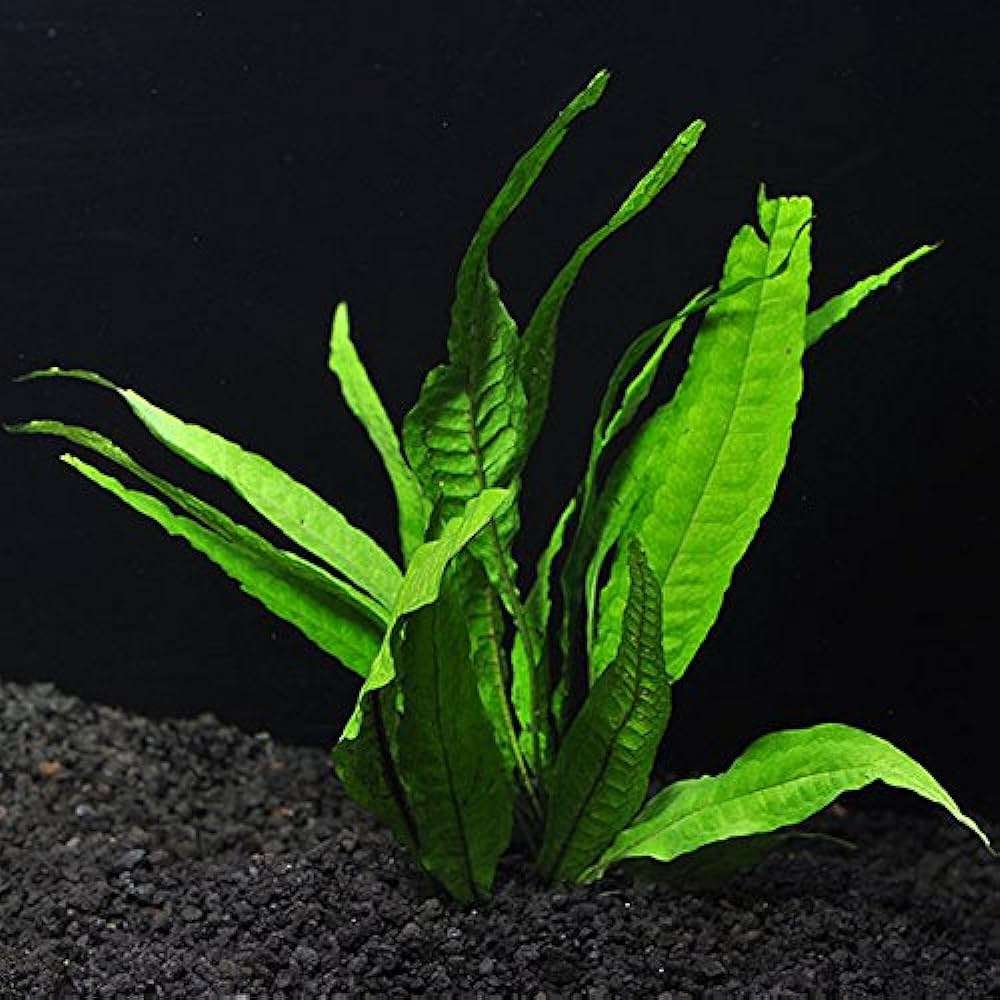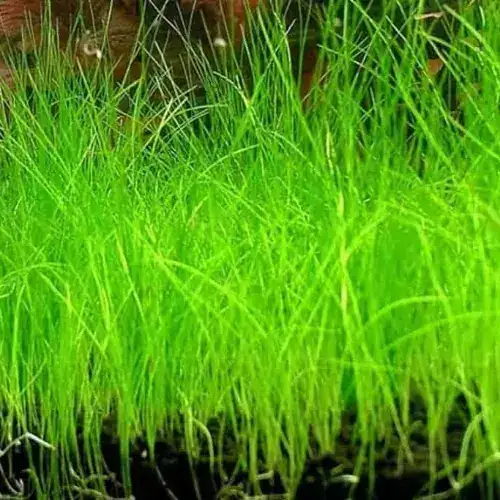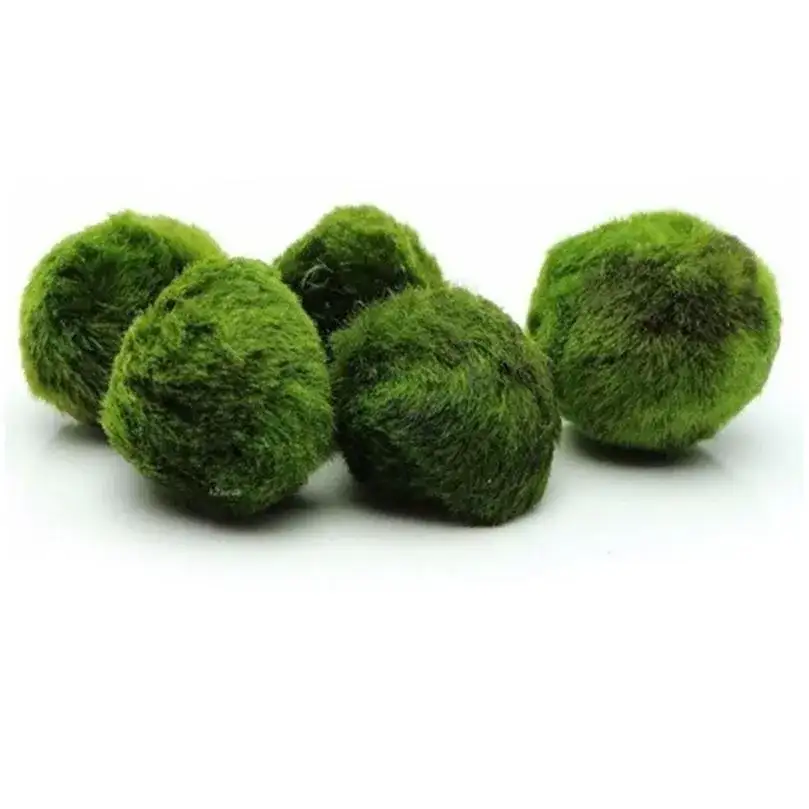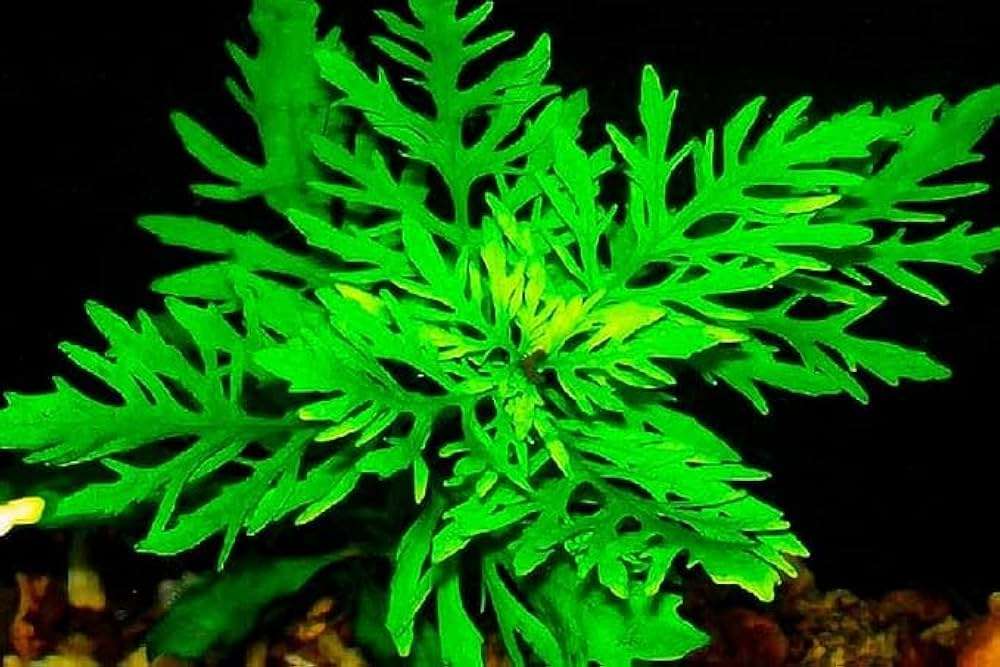Puffer Fish: Essential Facts and Care Tips for Enthusiasts
Learn about puffer fish species, their behavior, care needs, diet, lifespan, and breeding. Discover how to create a healthy aquarium environment for them.
Table of Contents
- Natural Habitat of Puffer Fish
- Behavior and Compatibility of Puffer Fish
- Care Requirements of Puffer Fish
- Diet For Puffer Fish
- Life Span of Puffer Fish
- Key Differences Between Male and Female Puffer Fish
- Breeding Tips For Puffer Fish
- Interesting Facts For Puffer Fish
- Pro Tips for Healthy Puffers Fish
- Faq
- Conclusion
Puffer fish are in the family Tetraodontidae, with over 120 species distributed between both freshwater and marine habitats. Scientific names for puffer fish vary depending on the species. The freshwater dwarf puffer is Carinotetraodon travancoricus, while the larger marine puffers are categorized under the genus Tetraodon. These species are quite different in size, behavior, and care requirements; the freshwater species tend to be smaller and more easily managed in an aquarium setting.
Natural Habitat of Puffer Fish
Puffers can be found in tropical and subtropical waters across the world in both freshwater and marine settings and brackish. The environment of these animals prefers numerous hideaways; examples include coral reefs, mangrove areas, and dense vegetative areas.

Behavior and Compatibility of Puffer Fish
Puffer fish are one of the most curious and intelligent species. Its most popular display is the inflated body in reaction to threat, forming a spiny ball which repels predators. While this display is amazing, it also portrays how sensitive puffers are towards stress.
Temperament-wise, puffer fish are semi-aggressive and territorial. They are not always easy-going with other fish, particularly those that move slowly or are small in size. It would be best not to keep them with fin-nipping fish because if they are intimidated, they become aggressive. Puffers, however, can coexist with other species when put with other fish of the same size or those that are sturdy enough to live with, like larger gobies, tetras, or catfish.
Care Requirements of Puffer Fish
Puffers need a large tank with stable water parameters. Freshwater species like dwarf puffers thrive in tanks with a temperature of 75–80°F, a pH of 7.0–7.5, and excellent filtration. Marine puffers need slightly alkaline water and similar temperature ranges.
Diet For Puffer Fish
Live Foods: Snails, ghost shrimp, worms, feeder fish.

Frozen Foods: Bloodworms, krill, brine shrimp, clams, mussels.

Prepared Foods: Sinking pellets, frozen food mixes.

Occasional Treats: Crustaceans, insects.
Life Span of Puffer Fish
Puffer fish, if well cared for, can live from 5 to 10 years or more, depending on the species. The factors that affect their lifespan include water quality, diet, tank size, and genetics. With proper conditions, puffers can become long-lived companions in your aquarium.
Key Differences Between Male and Female Puffer Fish
Male
· Often have brighter, more vibrant colors, especially during breeding.
· Usually smaller and more streamlined in shape.
· May develop distinctive patterns or markings during mating season.
· More territorial and may engage in courting displays during breeding.
· Typically have a more slender and angular body.

Female
· Typically more subdued in color compared to males.
· Tend to be larger, especially when carrying eggs.
· Generally have less noticeable markings.
· Less territorial and are generally passive, especially when gravid (carrying eggs).
· Their bodies may appear rounder, especially when full of eggs.

Note: Sexing puffers can be challenging, as many species do not exhibit obvious external differences, and it is often easier to tell during the breeding season.
Breeding Tips For Puffer Fish
Puffers are notoriously challenging to breed in captivity because they have very strict water parameters and environments. Puffers rarely breed in home aquariums, but it is achievable with the proper setup. Key to creating a breeding environment would be to mimic their natural habitat as much as possible. This includes pristine water, constant temperature, and adequate hiding spots for both male and female.
Some species, for example freshwater dwarf puffer, may lay their eggs on the plants or flat surfaces. However, breeding puffers require more care of water quality as poor conditions may lead to unsuccessful breeding attempts.
Interesting Facts For Puffer Fish
Tetrodotoxin: Puffer's claim to fame lies in having tetrodotoxin in their bodies-very potent, this neurotoxin makes a puffer toxic to predators. In an odd way, however, the same toxin is safe to the puffer but toxic to virtually everyone else. Puffers are great objects of research interest, primarily for pharmacological study.
Fugu in Japan: In Japan, the puffer fish is called fugu and is considered a delicacy. However, it must be prepared by licensed chefs trained in safely removing the toxic parts of the fish.
Intelligence: Puffer fish are incredibly intelligent and have been known to recognize their owners. They can learn to interact with their caretakers, and some even exhibit behaviors that show they enjoy socializing with humans.
Pro Tips for Healthy Puffers Fish
Provide a well-decorated tank: Create a natural and stimulating environment with plenty of hiding spots, plants, and decorations to keep your puffer fish stress-free.
Regular water changes: Perform consistent water changes to maintain high water quality and prevent the buildup of harmful toxins.
Pay attention to their teeth growth: Provide your puffers with several crunchy foods such as snails or clams to wear down their daily growing teeth.
Avoid overstocking: Puffers are territorial and thrive well in a tank without a high number of fish. A large, well-maintained tank with one puffer or a compatible tankmate is the best for keeping them.
Faq
1.What are puffer fish?
Puffer fish are curious, intelligent fish in the Tetraodontidae family, known for inflating their bodies as a defense.
2.What is their natural habitat?
They thrive in tropical, subtropical waters with plenty of hiding spots like coral reefs and dense vegetation.
3.How to care for puffer fish in an aquarium?
They need a large tank with stable water (75-80°F, pH 7.0-7.5 for freshwater). Regular water changes and good filtration are essential.
4.What do puffer fish eat?
They eat live foods (snails, shrimp), frozen foods (bloodworms, brine shrimp), and prepared foods (pellets).
5.How long do they live?
Puffer fish can live 5-10 years, depending on care.
6.What’s the difference between male and female puffers?
Males are smaller, colorful, and more territorial; females are larger and less colorful, especially when carrying eggs.
7.How do puffer fish breed?
Breeding is difficult; they need pristine water, consistent temperatures, and hiding spots.
8.What is tetrodotoxin?
A potent toxin in puffers that protects them from predators but is harmless to the fish itself.
9.What is fugu?
Fugu is puffer fish in Japan, considered a delicacy but must be prepared by licensed chefs to remove toxins.
10. Are puffer fish intelligent?
Yes, they are known to recognize owners and interact with them.
11. How to keep puffer fish healthy?
Provide a decorated tank, regular water changes, and crunchy foods for their teeth.
12. Can they be kept with other fish?
They are territorial; avoid small or slow-moving fish, but they can live with larger, sturdy fish.
13. How to prevent stress in puffers?
Offer hiding spots, stable water conditions, and a consistent diet.
Conclusion
Puffer fish are a fascinating and rewarding aquarium hobby choice. They offer an excellent combination of interesting behavior, intelligence, and brilliant coloration. They are rather specialized and need a stable, well-maintained environment; however, their distinctive traits make them a wonderful addition to any aquarium. Puffers are going to be the subject of many conversations in your home aquarium due to their intriguing defense mechanism, diverse diet, and personalities. If you’re looking for a fun and rewarding challenge in aquarium keeping, puffer fish are an excellent choice.
